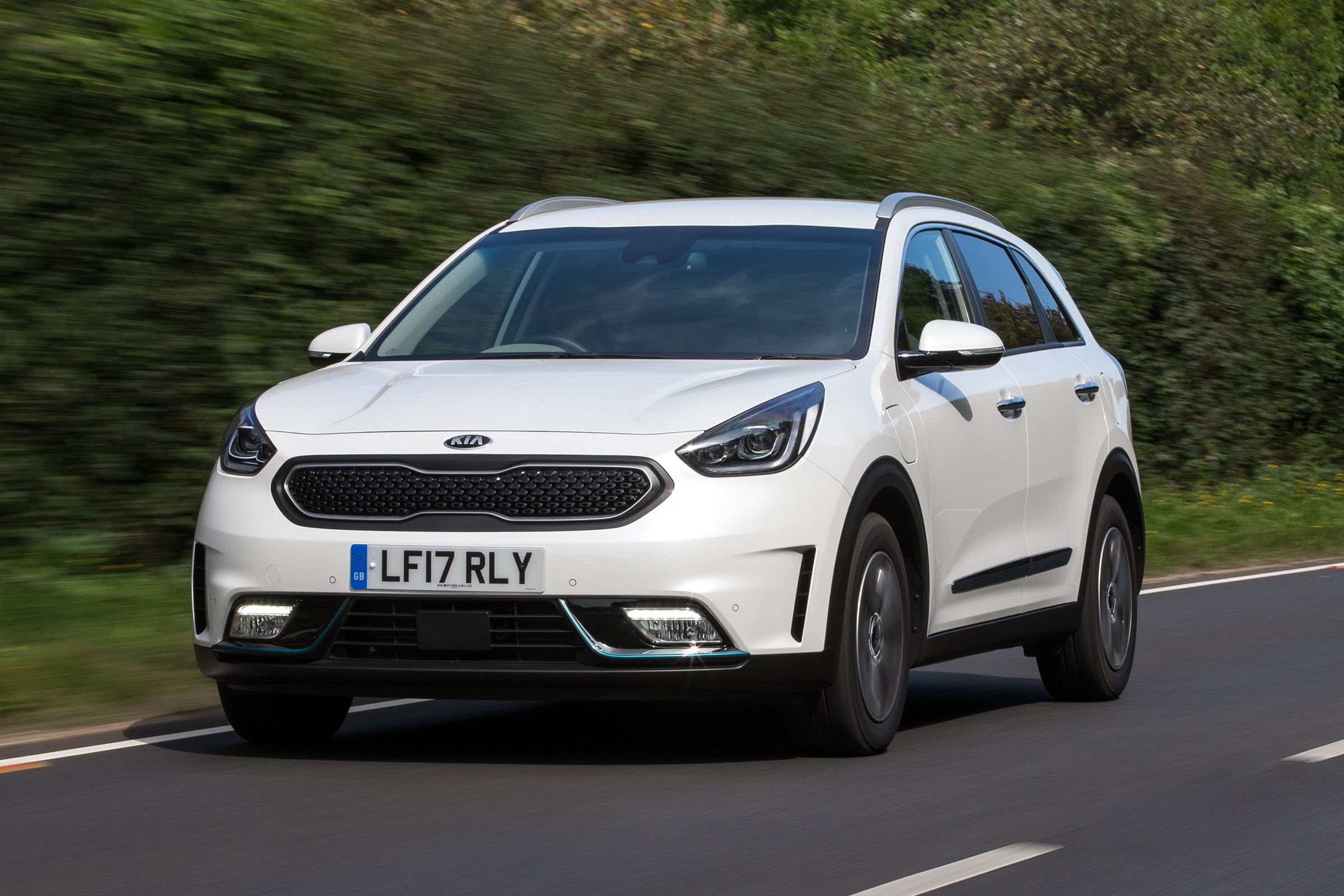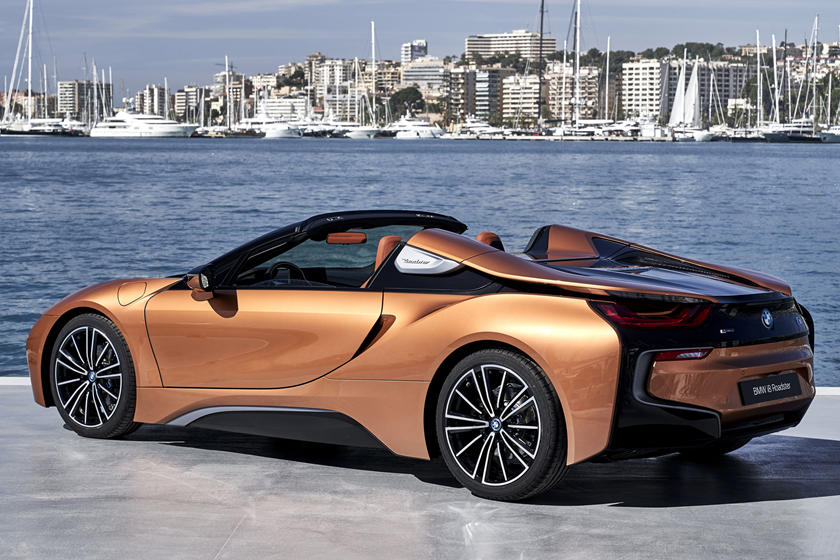

The key is to remember to plug the car into a charging point wherever possible to maximise the amount of electric running you do, but if you can’t charge the car just reverts to its internal-combustion engine. Benefit-in-Kind rates for company car users are also lower, thanks to low emissions.Ī close second to the low running costs is the fact that this hybrid kit doesn't require you to compromise on the way you use your car. Then there are the tax implications, with many plug-ins offering lower VED road tax rates than their combustion counterparts. As technology improves and more manufacturers are offering plug-in hybrids as part of car lineups, the price you pay for a plug-in vehicle is gradually coming down. Plug-in hybrids are proving popular for a number of reasons. Before you spec any options or packs, a C 300 e will already set you back more than £50,000.

One of the downsides of the Mercedes is its price tag. The engine is quiet when it kicks in though, and easily drowned out by the Burmester hi-fi. It's reasonably brisk, getting from 0-62mph in 6.1 seconds, but the C 300 e only really feels sporty in a straight line. The electric motor is paired with a 2.0-litre four-cylinder petrol engine, offering 201bhp, for a combined total of 308bhp. Crucially, that's not only more than enough for most people's daily driving, but it can also take a good bite out of longer trips as well. It's enough juice to give the C 300 e an official EV range of more than 60 miles, making 40-50 miles of zero-emissions driving realistic in most conditions. That's especially true for the PHEV, which is serene while being powered along by its 127bhp electric motor.Īnd to answer the naysayers who think plug-in hybrids don't go far enough on a charge, Mercedes has fitted a 25.4kWh battery – that's larger than the one in the original Nissan Leaf.
BEST PLUG IN HYBRID VEHICLES SERIES
It might not be quite as sporty as some rivals such as the BMW 3 Series and Jaguar XE, but it feels more special inside. The Mercedes C-Class is a great executive saloon that majors on comfort, refinement and sophistication. When the batteries have depleted or you reach a certain speed, a petrol or diesel internal combustion engine will take over, as they would in a conventional hybrid, so you can still continue your journey until you are able to recharge the car. Plug-in hybrids work in the same way as regular hybrids, but the batteries are charged by plugging the car into a domestic three-pin plug, a home EV wallbox or a public rapid charger when it needs to be topped up. With many manufacturers joining the PHEV arms race, choosing the best plug-in hybrid is even more difficult as there’s a huge array of models to choose from – from small, cheaper options to large family hatchbacks and even luxury SUVs and estates, there’s probably a plug-in hybrid out there to suit your lifestyle. On this page we aim to help by explaining the market and delivering our verdicts on the best plug-in hybrids you can buy. Not everyone is ready to take the plunge with a fully electric vehicle, which makes plug-in hybrids (PHEV) a great ‘stepping stone’ as they combine both internal combustion and electric power.


 0 kommentar(er)
0 kommentar(er)
